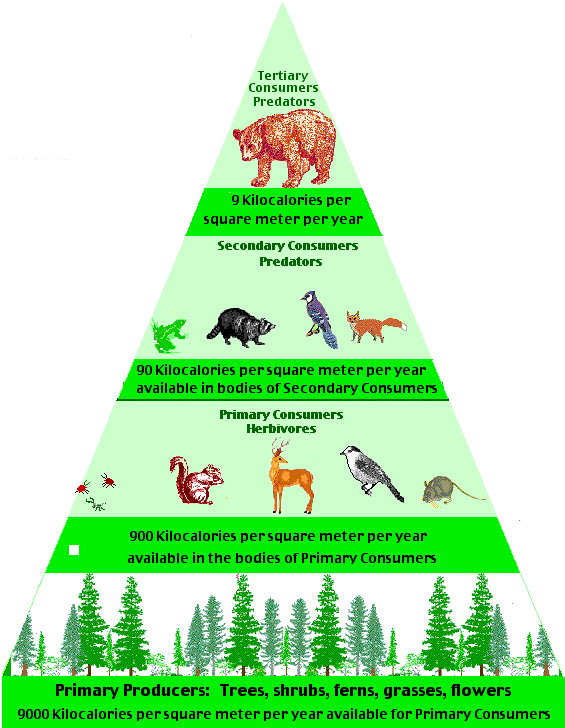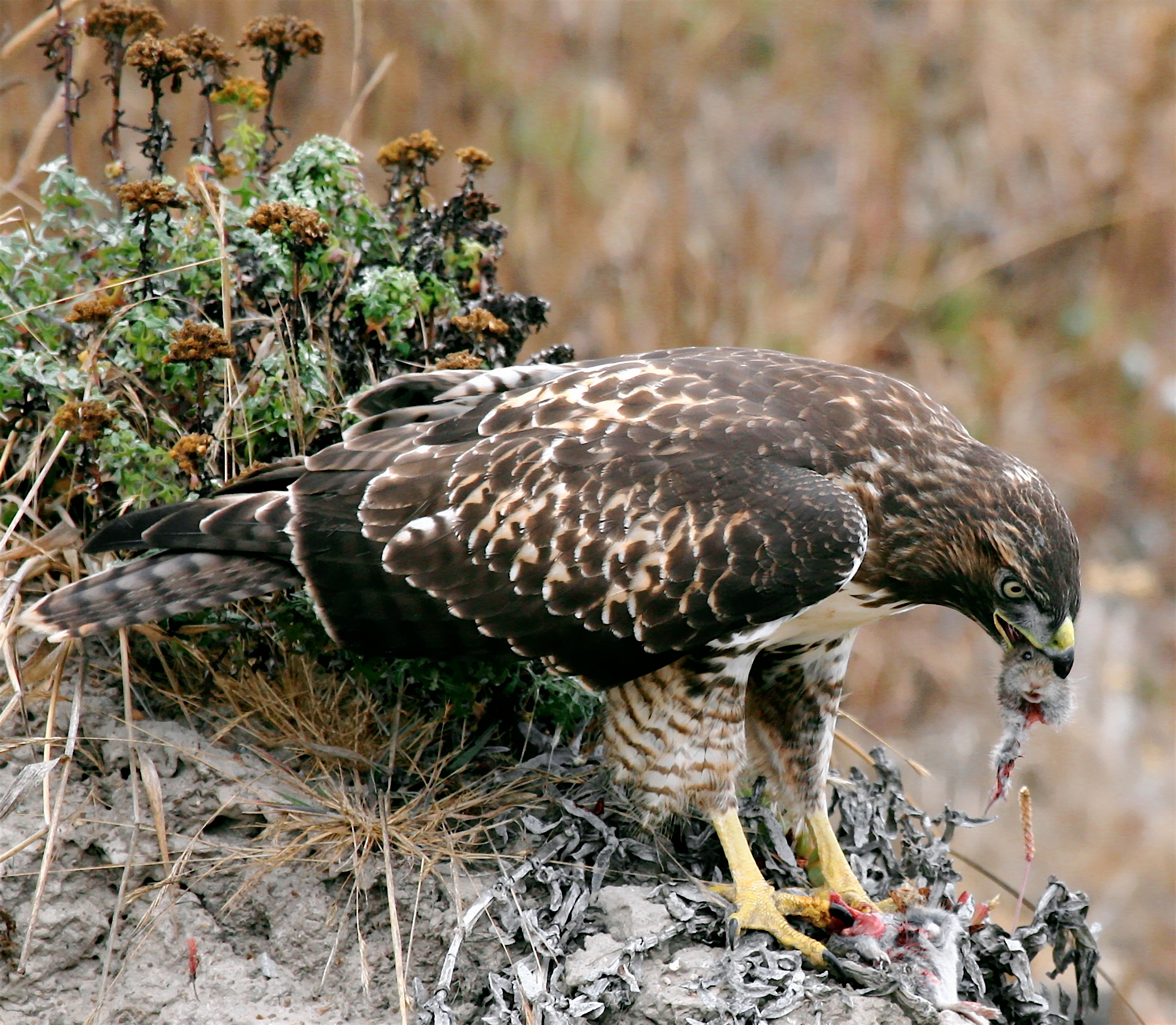Competition Interaction is a contest between individual species, groups, etc. territory, food, and location for resources. There's either groups that compete with another group for one goal which cannot be shared. Competition occurs when there is living organisms that lives in the same environment. Animals compete for food, water, shelter, etc. It's the same for humans.
In commensal interactions, one species benefits and the other is unaffected. The commensal organism may depend on its host for food, shelter, support, transport, or a combination of these.
Mutualism is an interaction between two or more species, where species derive a mutual benefit. One or both species involved in the interaction may be obligate, meaning they cannot survive in the short or long term without the other species. Examples include cleaner fish, pollination and seed dispersal.
Predation describes an interaction where a predator consumes on its prey. Predators may or may not kill their prey prior to feeding on them, but the act of predation always results in the death of its prey and the eventual absorption of the prey's tissue through consumption. Other categories of consumption are herbivory which means eating parts of plant and detritivory, the consumption of dead organic material. For example, parasitic species prey on a host organism and then lay their eggs on it for their offspring to feed on it while it continues to live or on its decaying corpse after it has died.
Parasitism is the relationship between organisms of different species where one organism, the parasite, benefits at the expense of the other, the host. Traditionally parasite referred to organisms with life stages that went beyond one host , which are now called macroparasites. Parasites can now also refer to microparasites, which are smaller, such as viruses bacteria can be directly transmitted between hosts of one species. Unlike predators, parasites are generally much smaller than their host. Parasite show a high degree of specialization for their mode of life, and reproduce at a faster rate than their hosts. Examples of parasitism include interactions between vertebrate hosts and diverse animals such as tapeworms, flukes, the Plasmodium species, and fleas. Parasitism is differentiated from parasitoidism, a relationship in which the host is normally killed by the parasite and which occurs in some species of moth, butterfly, ant, fly and other insects.
Monday, April 11, 2011
Semester 2 : Blog # 6 (Redo)

Primary Producers are the most important in the food pyramid. The reason why these are the most important is because it provides food for the rest of the consumers which are primary, secondary, and territory. Without the primary producers we humans won't even exist since they use the process of photosynthesis. Primary producers provides the humans and other consumers food. So they are really important for us.
Sunday, April 3, 2011
Semester 2: Blog # 8
I have learned how the Earth and the universe on how it was formed and it was from a Big Bang which then suddenly out there it exploded and spitted out planets and stars, giving birth to life. Earth was also created by Planetary Accretion and Radioactivity. Planetary Accretion is, the breaking of nuclei shooting off to high speed, hitting other nuclei and making them hot and all the smaller particles. Radioactive decay releases heat, keeping the Earth's core hot, which then causes continental drifts. Radioactivity may also be the cause on how the Earth release the gases which made the 1st atmosphere. So the Earth is billions of years old and many scientist are interested in the past Earth, extinction, organisms, and species.
Friday, April 1, 2011
Semester 2: Blog #7


Tundras are the coldest of all the biomes, tundras have frost-molded landscapes, extremely low temperatures, little precipitation, poor nutrients, and short growing seasons. Tundras don't have trees, they're just mainly a landscape. As for tropical rain forests they are the home to more worldwide species than all other biomes added together. Rainforests has high on rainfall, which is often results in poor soils due to leaching of soluble nutrients. Rainforest is humid, and has tall, broad-leaved evergreen trees, which is the dominant plants, forming a leafy canopy over the forest floor. The temperature ranges from 21°C to 45°C and 125 to 660 cm of rainfall yearly.
Subscribe to:
Posts (Atom)







